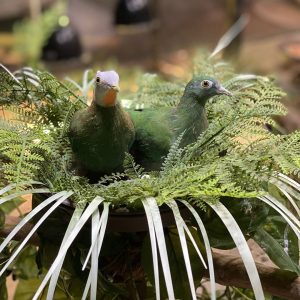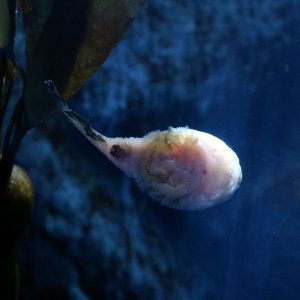5 Things I Learned About Picasso Triggerfish
Known for its bright, distinctive bands of color reminiscent of a Pablo Picasso painting, you’re looking at the aptly named Picasso triggerfish. Here are 5 things a non-aquarist learned about this fascinating species at Greater Cleveland Aquarium.
1: Some know this species by a different name: lagoon triggerfish. Another fitting title for a fish that spends most of its time
in sub-tidal reef flats and shallow lagoons.
2: For breeding, this species forms distinct pairs. Females build the nest before laying eggs and become very territorial as they guard their future young.
3: Because of the shape of the dorsal and anal fins, this species can swim forwards, backwards and even hover in place.
4: When alarmed, the triggerfish makes a whirring sound. Researchers believe the whirring warns other triggerfish of potential danger.
5: The “trigger” in triggerfish comes from their dorsal spine, which can be raised when startled. If the fish is hiding in a small space, the spine acts as a wedge to hold them in place.
With its bright coloration and attention-grabbing name, it’s hard not to notice the Picasso triggerfish. Look for one during your next Greater Cleveland Aquarium visit.
















